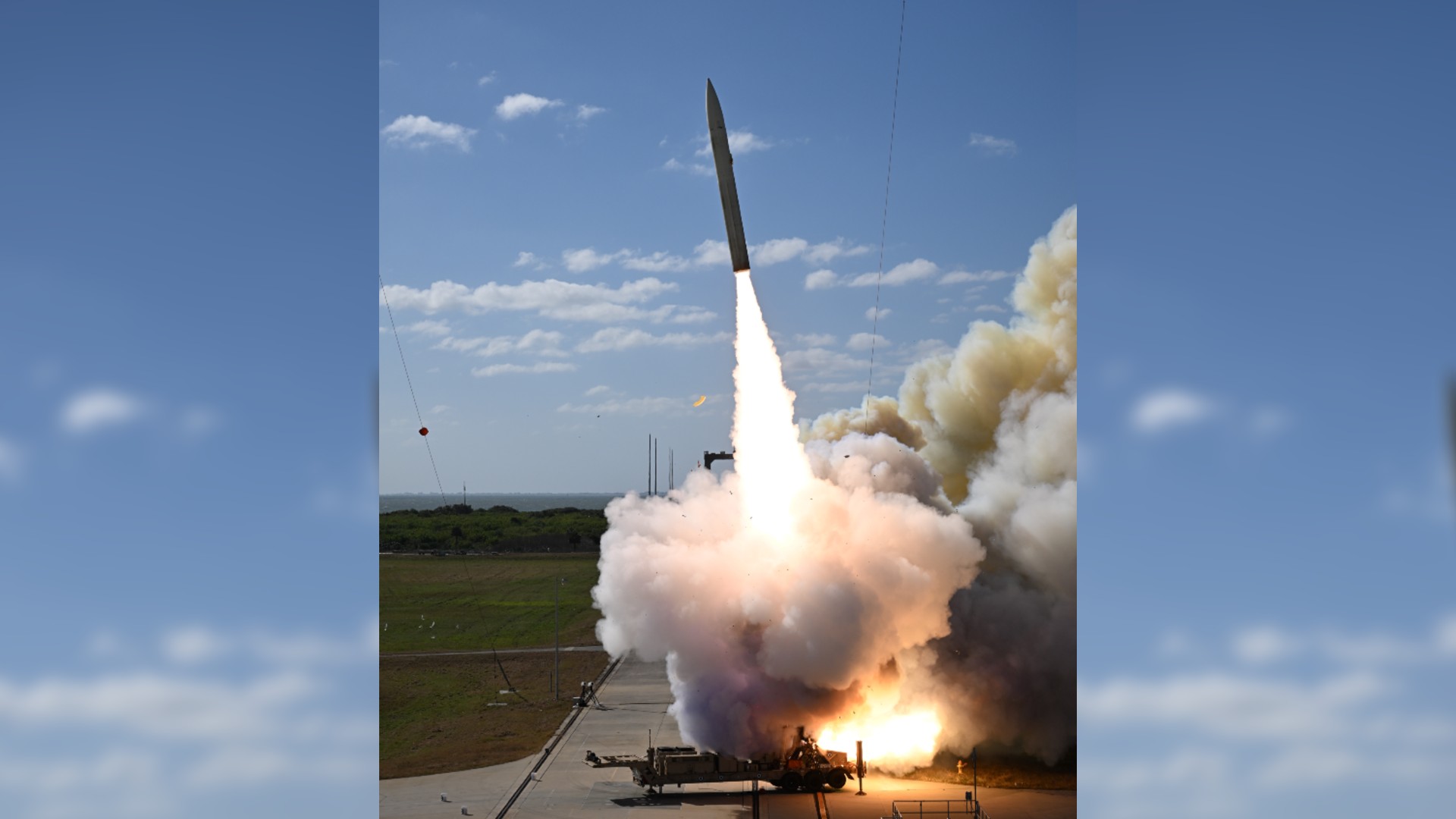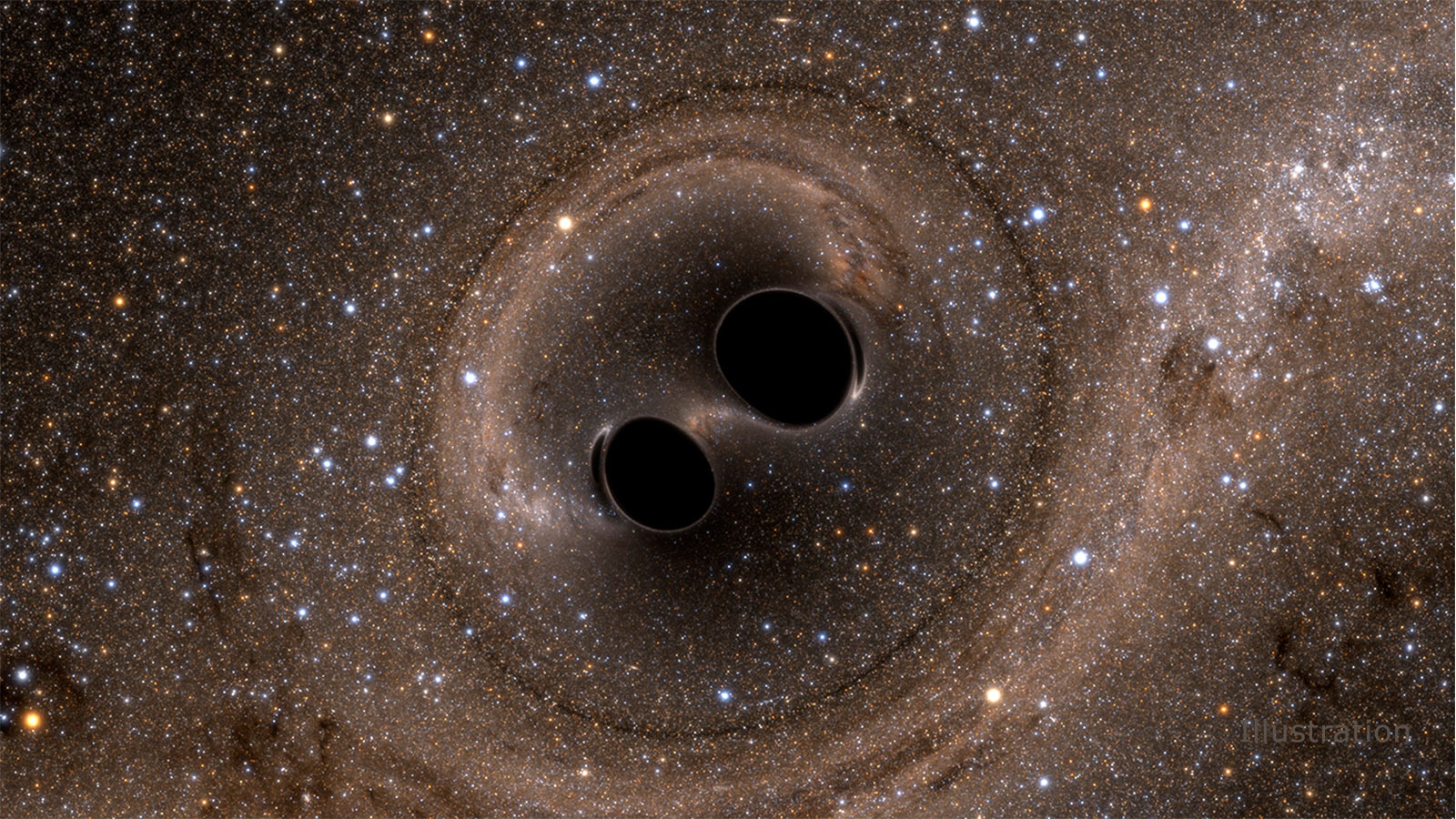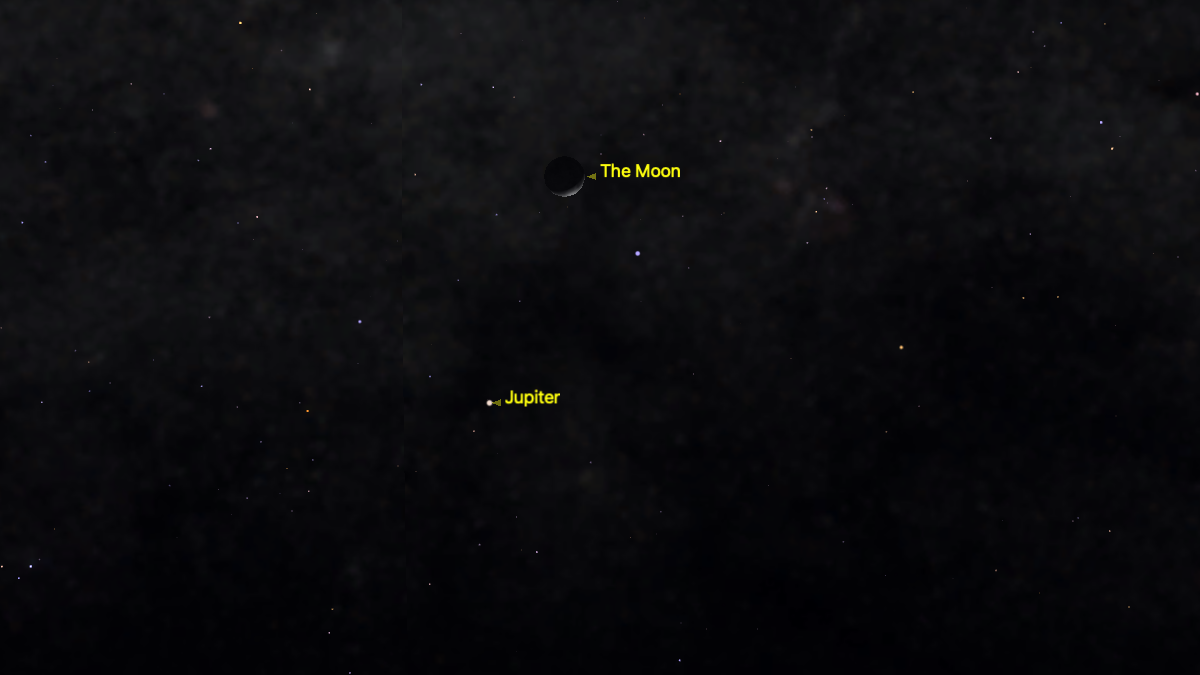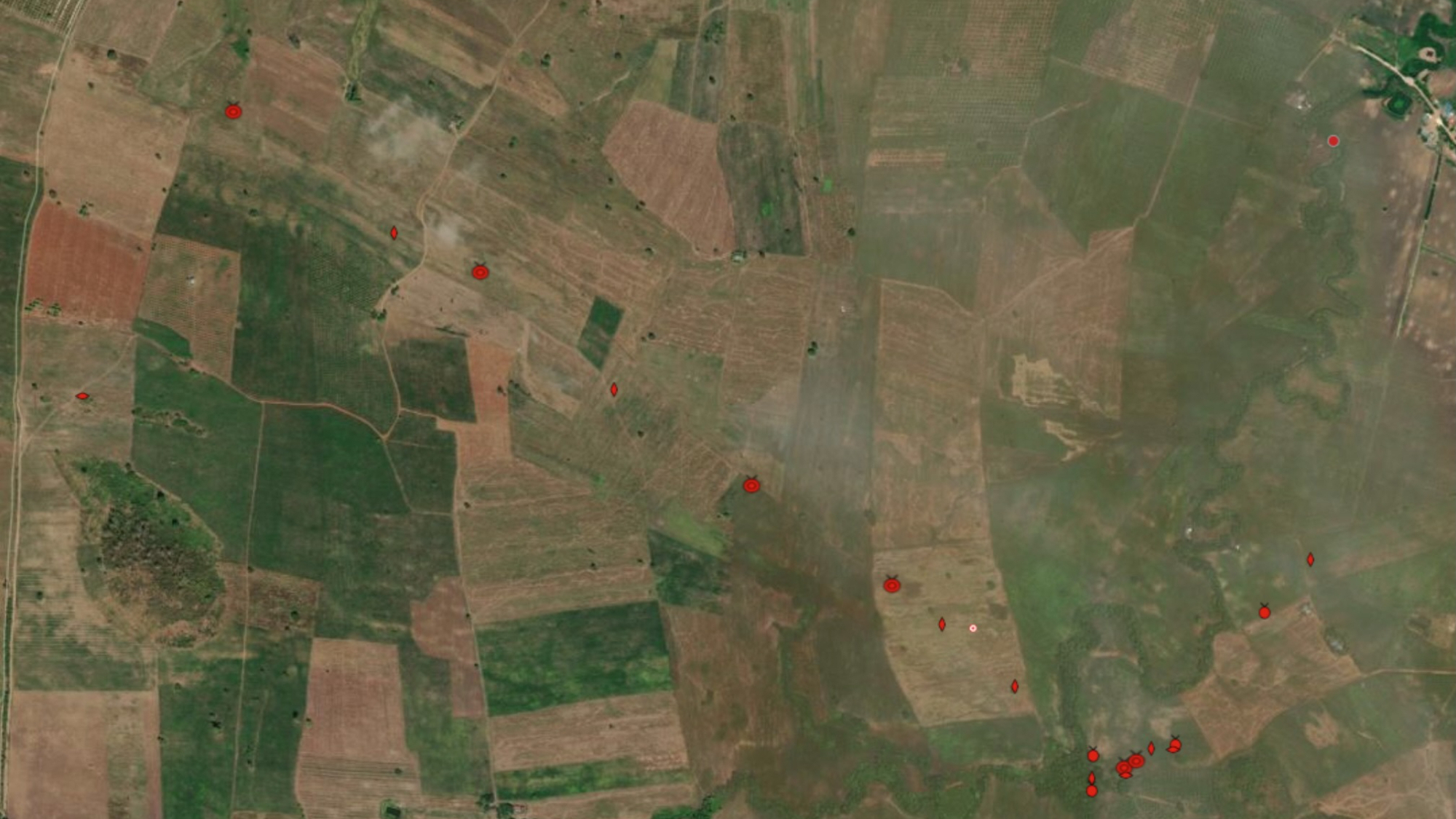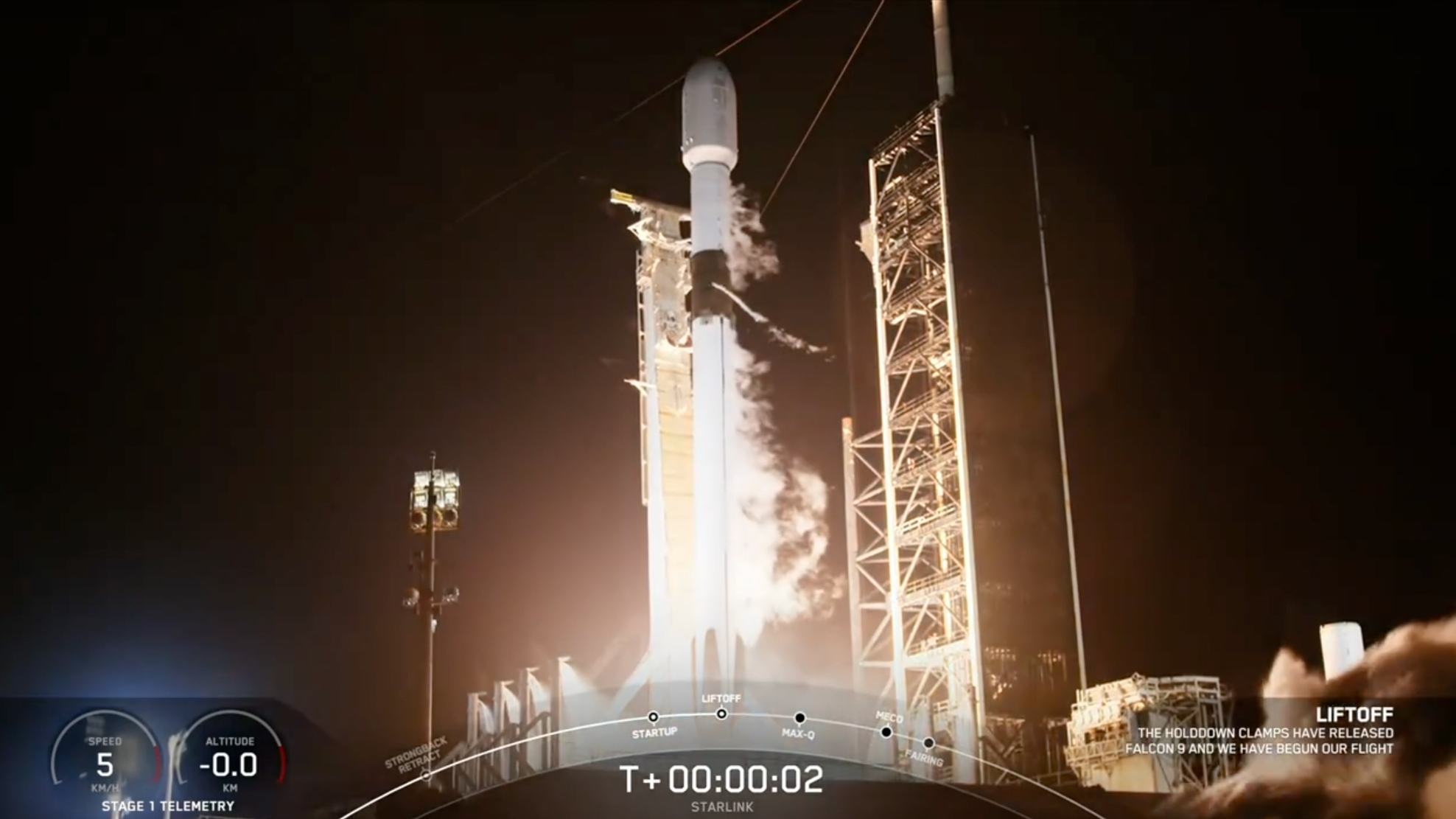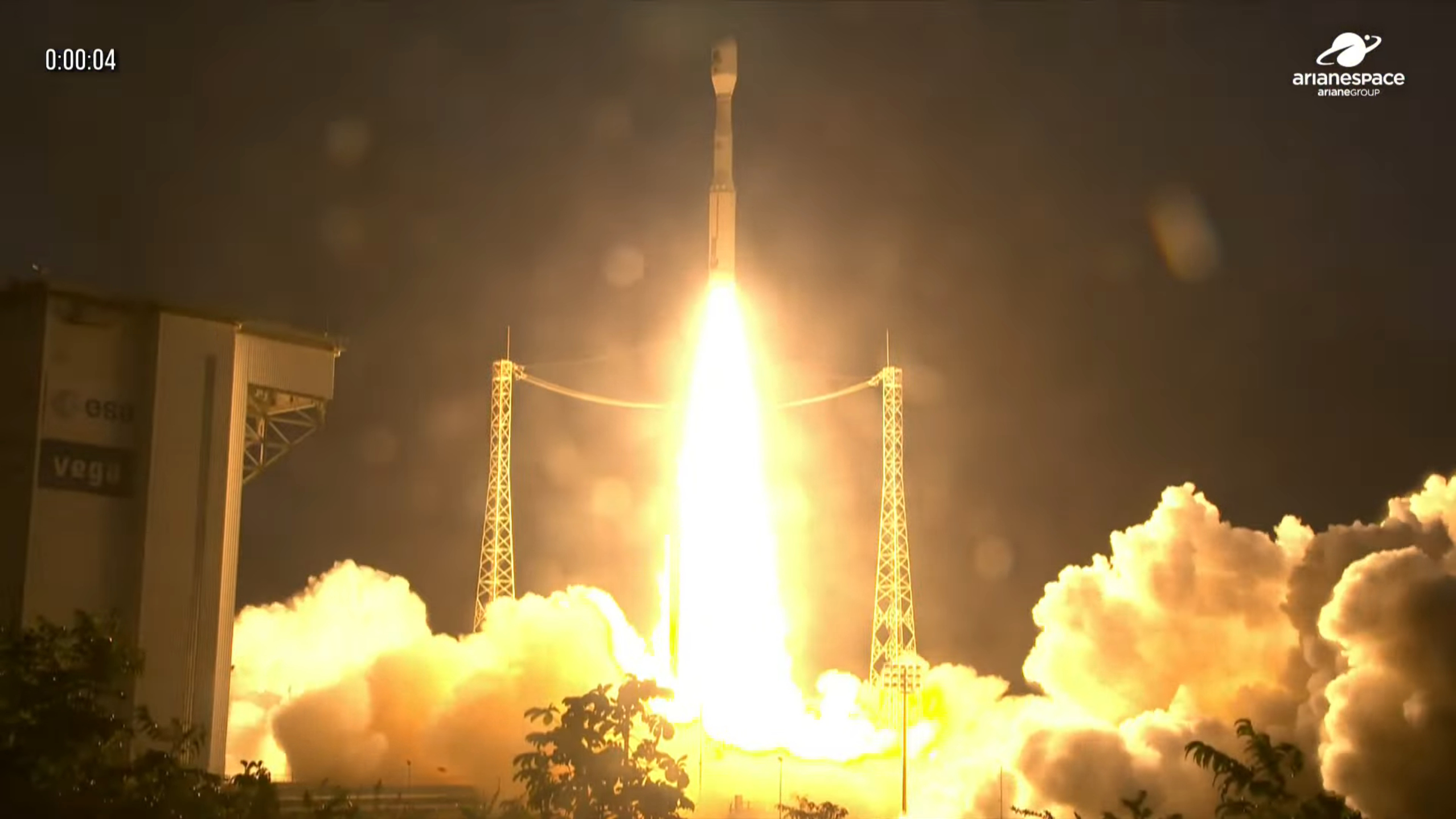Mini astrobiology laser could join hunt for life on Mars and beyond
By ablating and ionizing samples, the device could potentially detect proteins, amino acids and other organic molecules.
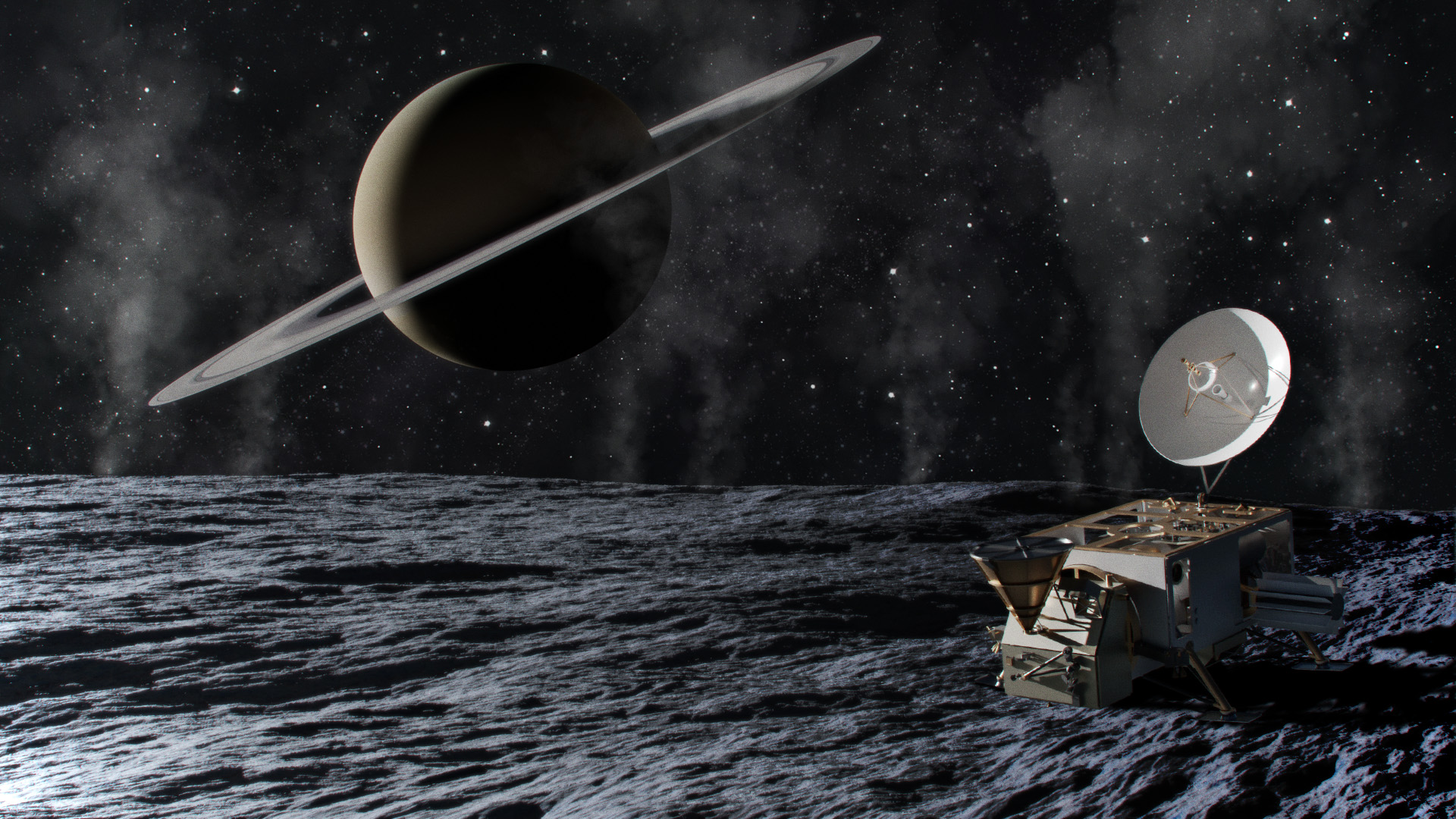
A downsized version of an instrument that can detect organic compounds using a laser and a mass spectrometer could one day fly on missions to Mars and other potentially habitable worlds in the solar system.
The instrument uses a technique called laser desorption mass spectrometry (LDMS) and combines a pulsed ultraviolet laser with an analyzer called an Orbitrap. It works by using the laser to vaporize tiny amounts of material from a sample of, say, rock. This results in molecules being liberated from the sample (this is "desorption," the opposite of absorption), and the liberated molecules are then ionized without destroying the molecules themselves.
Their composition is subsequently analyzed by the Orbitrap, which works by trapping the now-ionized molecules in orbits around an electrode. The electrical signal from the ionized molecules (being ionized, they have an electric charge) can then be converted into a mass spectrum, telling scientists the identity of the molecules.
Related: The search for alien life (reference)
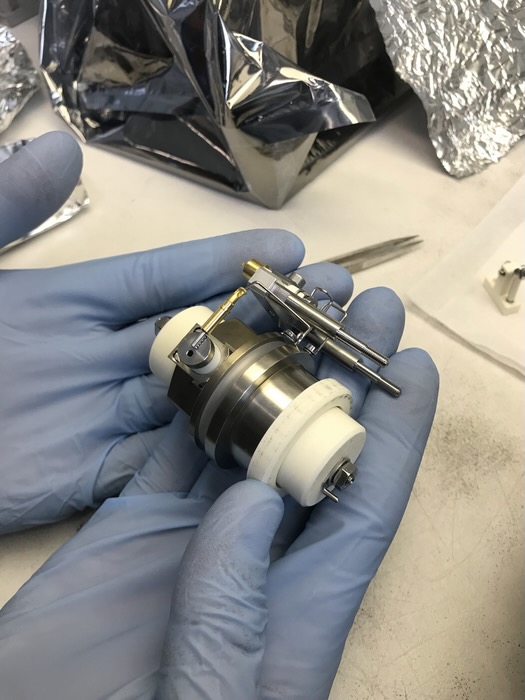
LDMS and Orbitrap are particularly sensitive to organic molecules, including building blocks of life such as proteins and amino acids. As such, the instrument would make a powerful tool on missions to other planets such as Mars, where NASA's Curiosity and Perseverance rovers are currently investigating the chemistry of the surface. However, such an instrument has never been included on an interplanetary mission because of one major complication, which is that the LDMS and Orbitrap are typically a heavy chunk of machinery employed mostly for commercial use.
"You can find them in the labs of pharmaceutical, medical and proteomic [the study of proteins] industries," Ricardo Arevalo, an associate professor of geology at the University of Maryland and lead author of a new study describing a smaller, more portable prototype version of the technology, said in a statement.
"The one in my own lab is just under 400 pounds [181 kilograms], so they're quite large, and it took us eight years to make a prototype that could be used efficiently in space — significantly smaller and less resource-intensive, but still capable of cutting-edge science," Arevalo added.
Get the Space.com Newsletter
Breaking space news, the latest updates on rocket launches, skywatching events and more!
The new prototype weighs just 17 pounds (7.7 kg) in Earth gravity, and its compact, lightweight nature means that it can be included on space missions where mass is at a premium in order to keep costs down. Another advantage of the technology is that it is less likely to damage or contaminate a sample than other methods of detailed mass spectrometry. It's also extremely versatile, its designers say.
"The good thing about a laser source is that anything that can be ionized can be analyzed," said Arevalo. For example, the instrument operates equally well on both silicate rock and ice, meaning that it could be used on future lander missions to the icy moons of the outer planets, such as the proposed Orbilander mission to the Saturn satellite Enceladus, as well as on missions to Earth's moon or Mars.
The new study was published on Jan. 16 in the journal Nature Astronomy.
Follow Keith Cooper on Twitter @21stCenturySETI. Follow us on Twitter @Spacedotcom and on Facebook.
Join our Space Forums to keep talking space on the latest missions, night sky and more! And if you have a news tip, correction or comment, let us know at: community@space.com.

Keith Cooper is a freelance science journalist and editor in the United Kingdom, and has a degree in physics and astrophysics from the University of Manchester. He's the author of "The Contact Paradox: Challenging Our Assumptions in the Search for Extraterrestrial Intelligence" (Bloomsbury Sigma, 2020) and has written articles on astronomy, space, physics and astrobiology for a multitude of magazines and websites.


